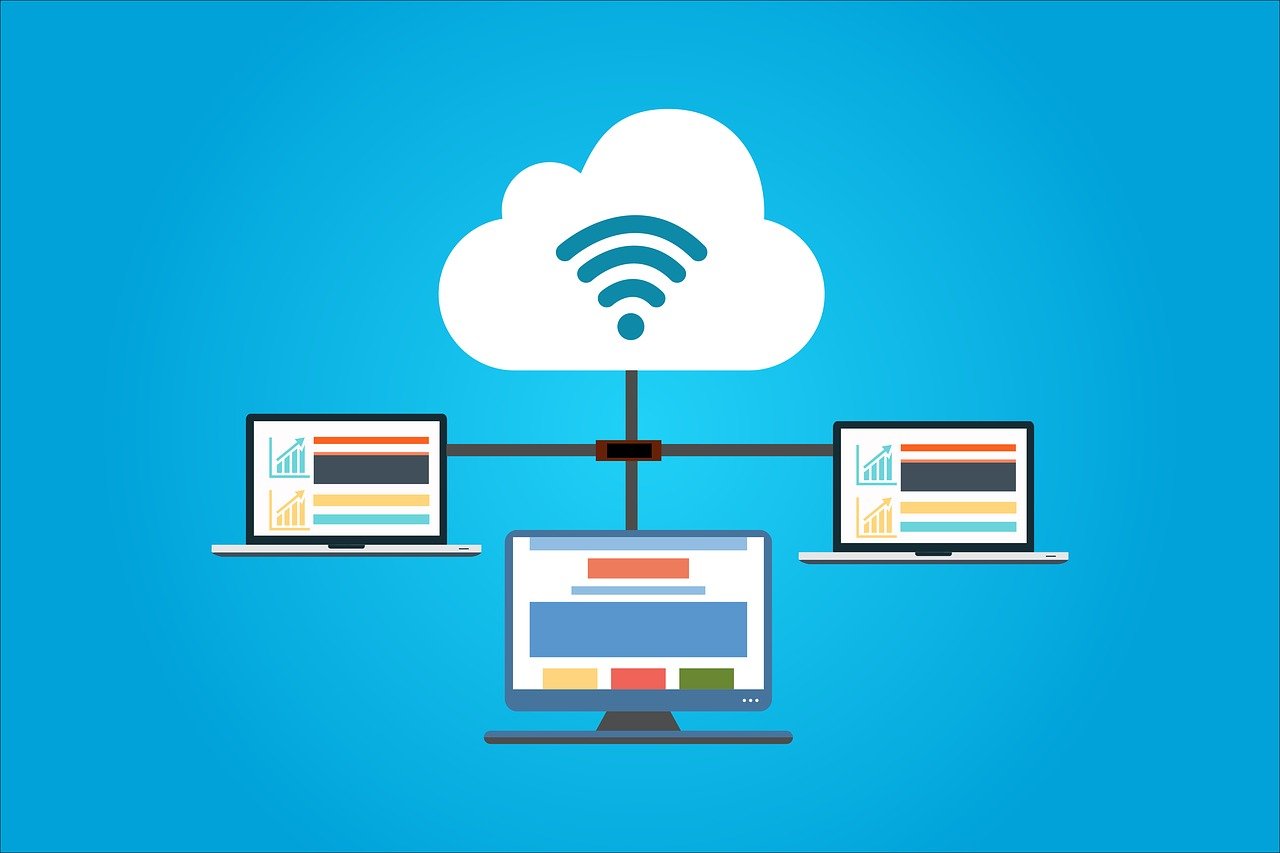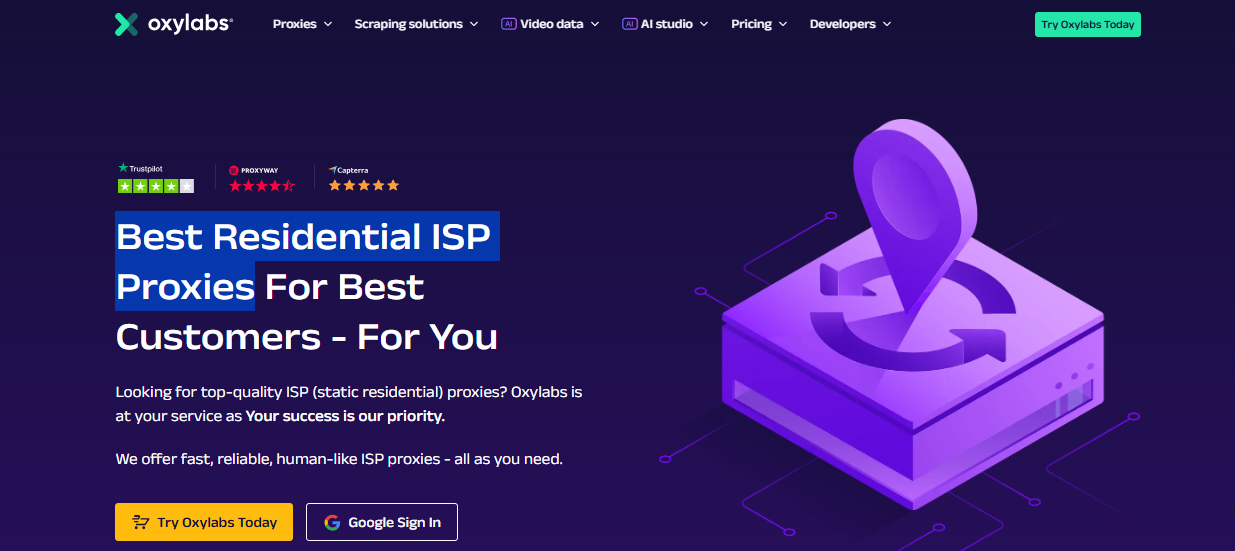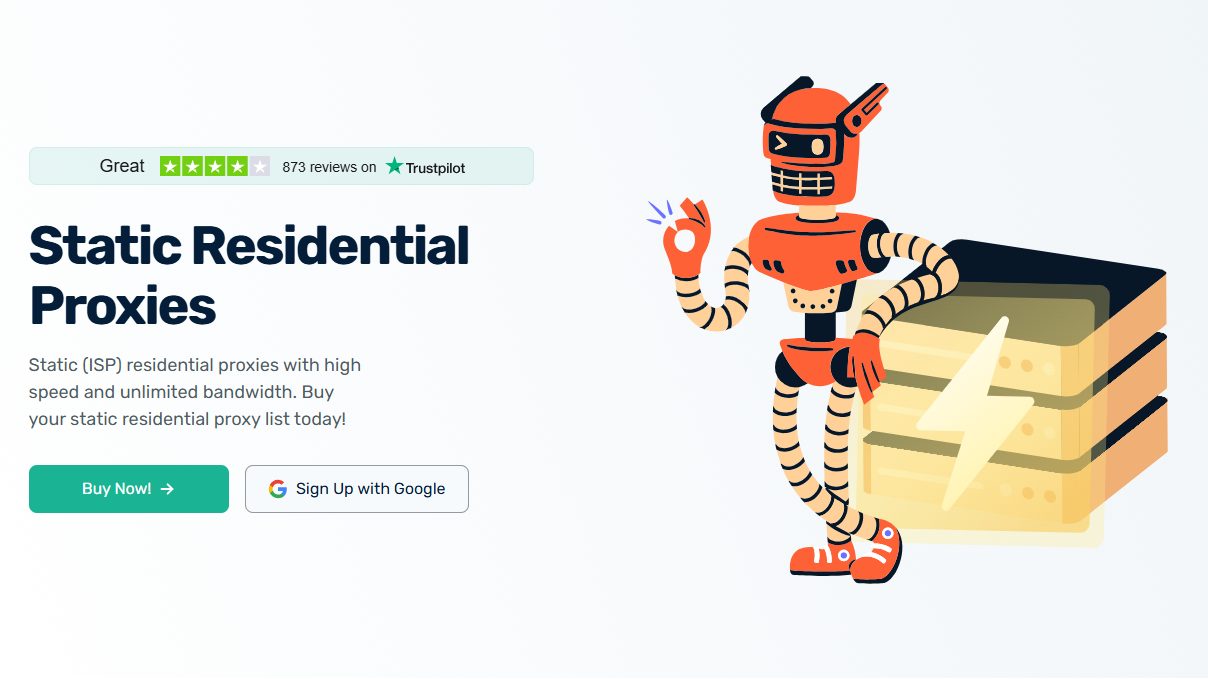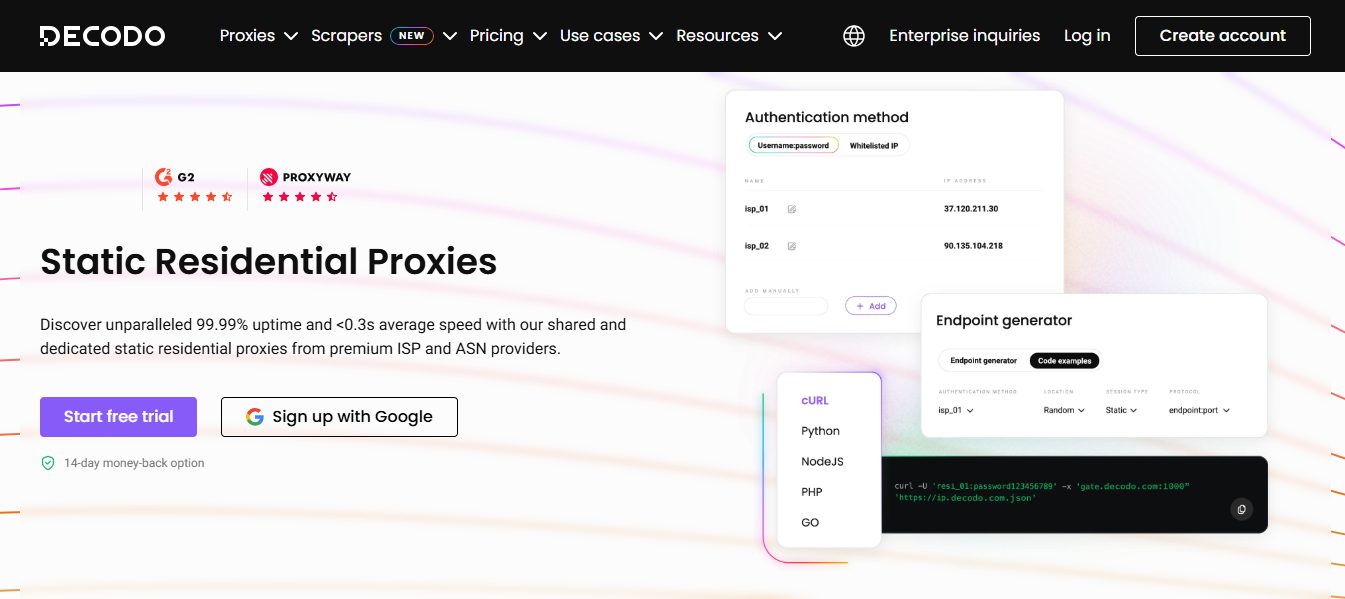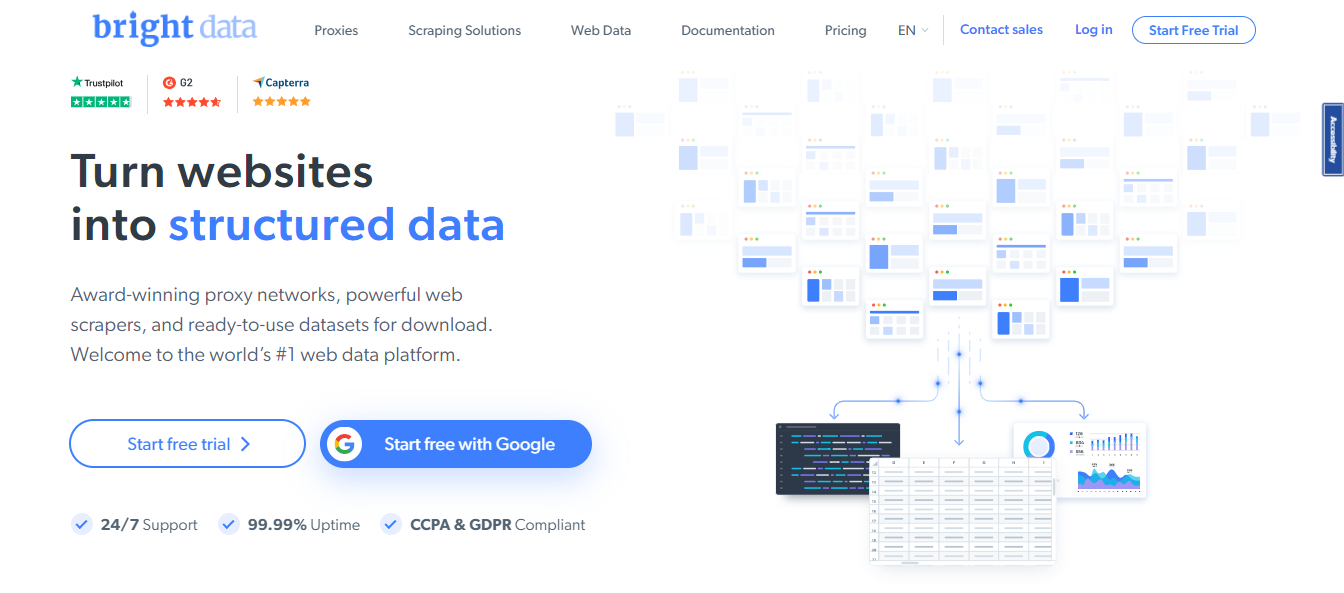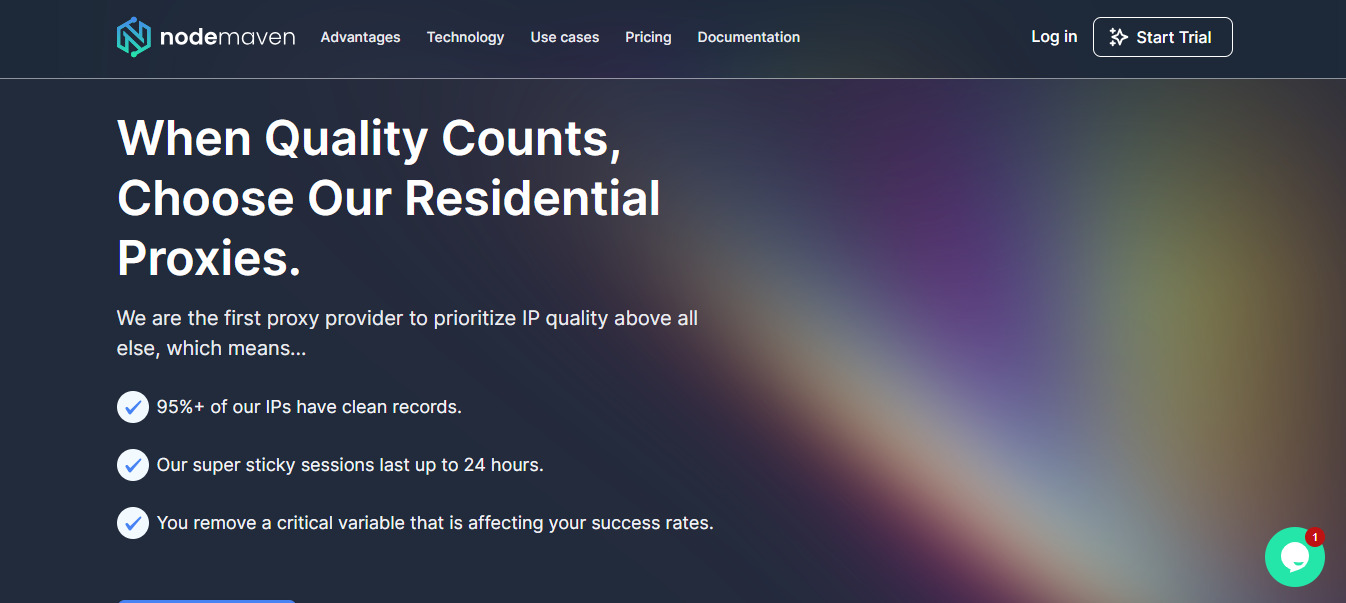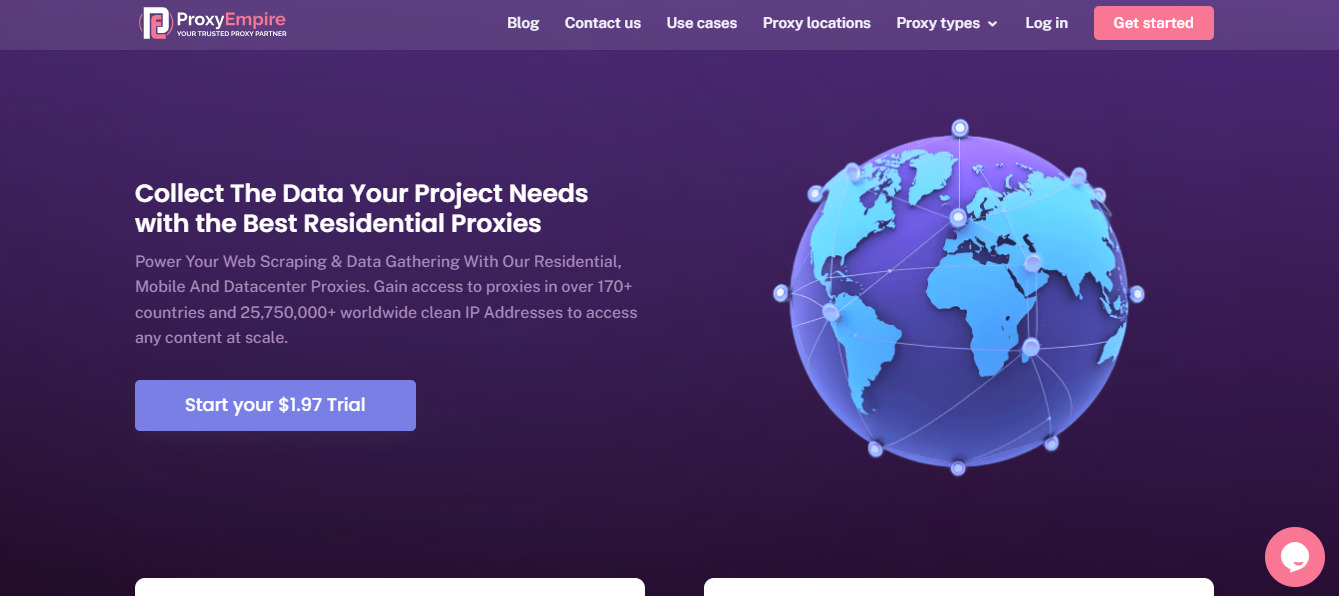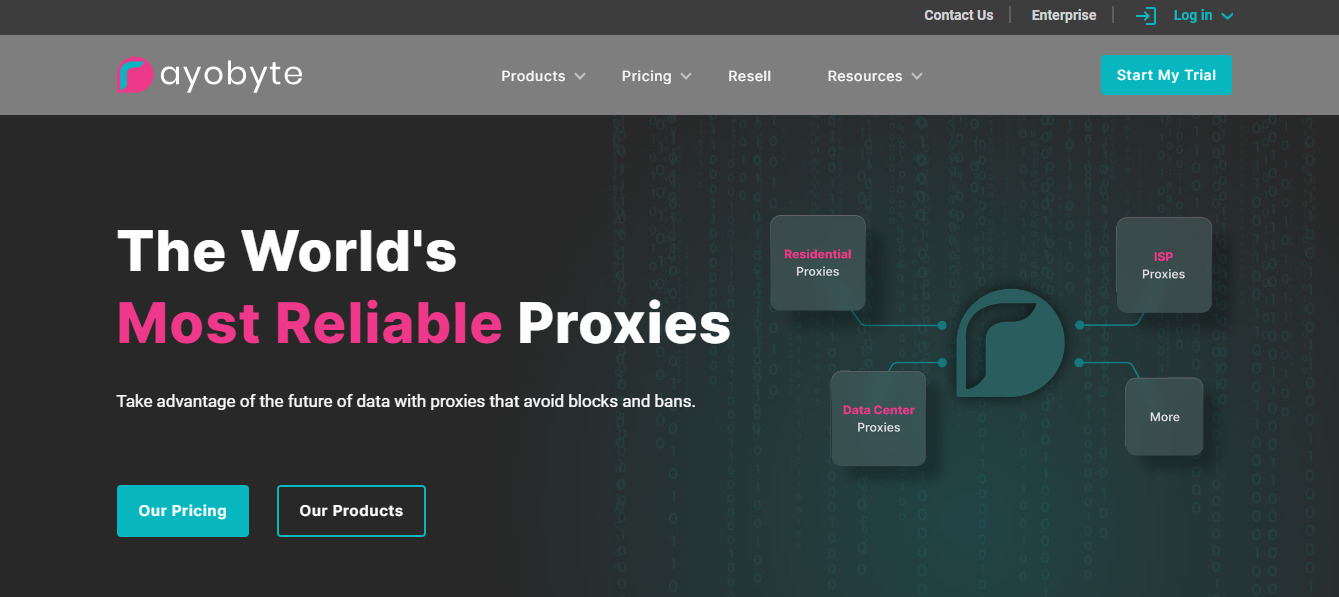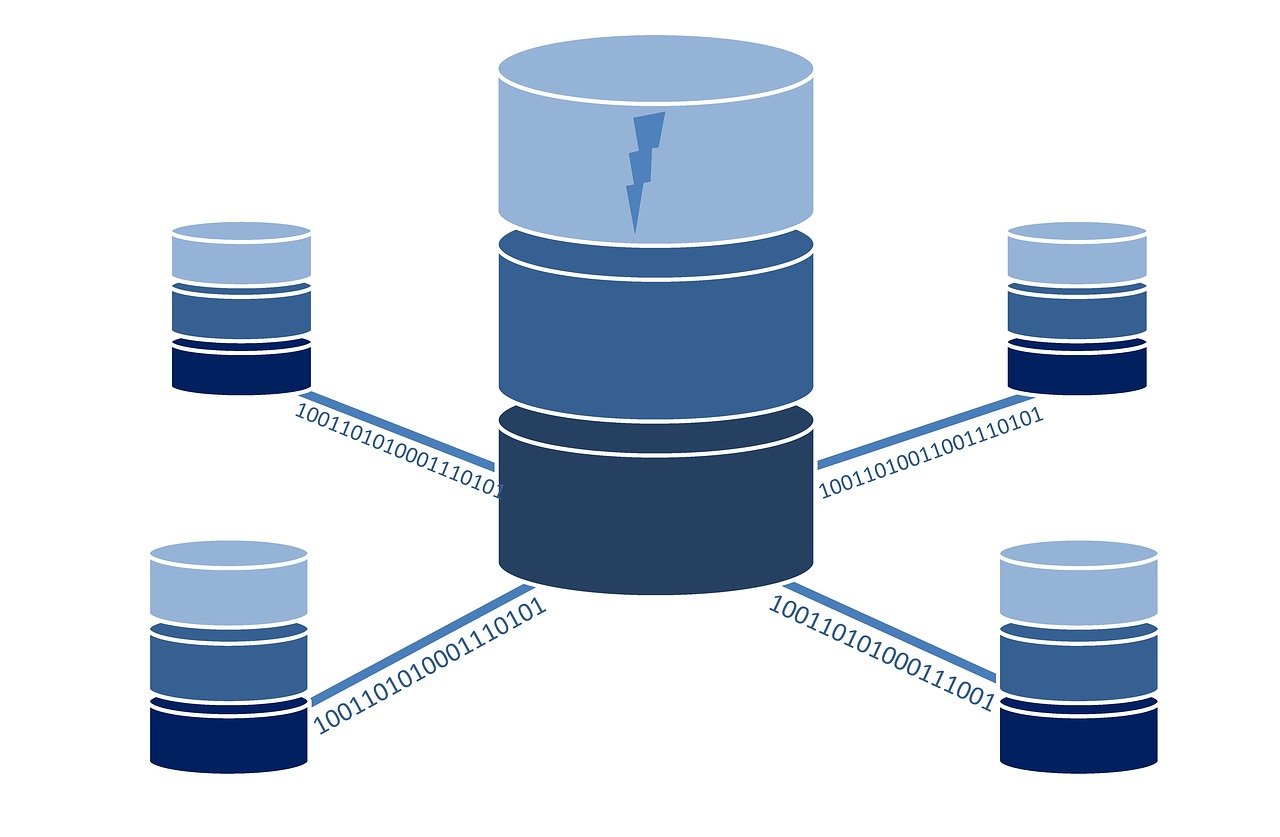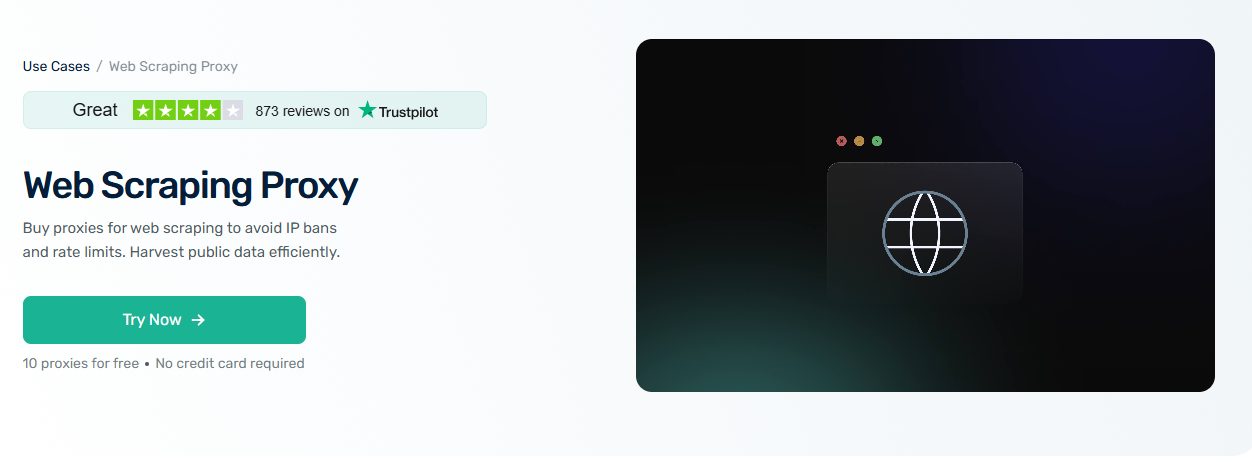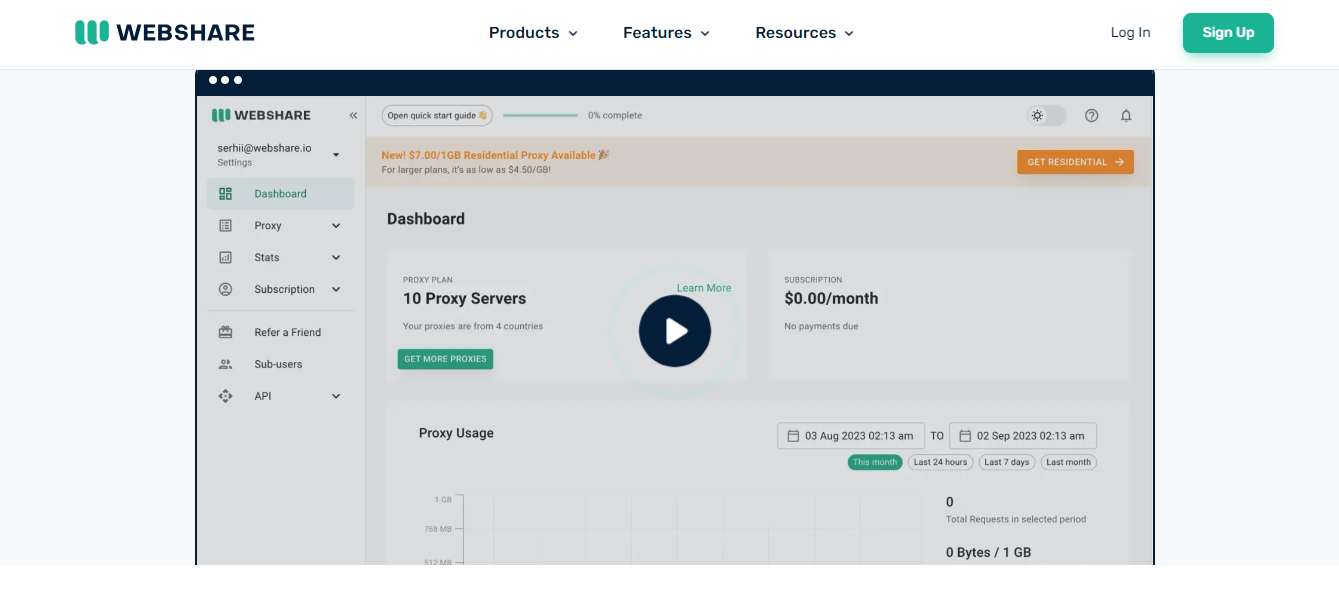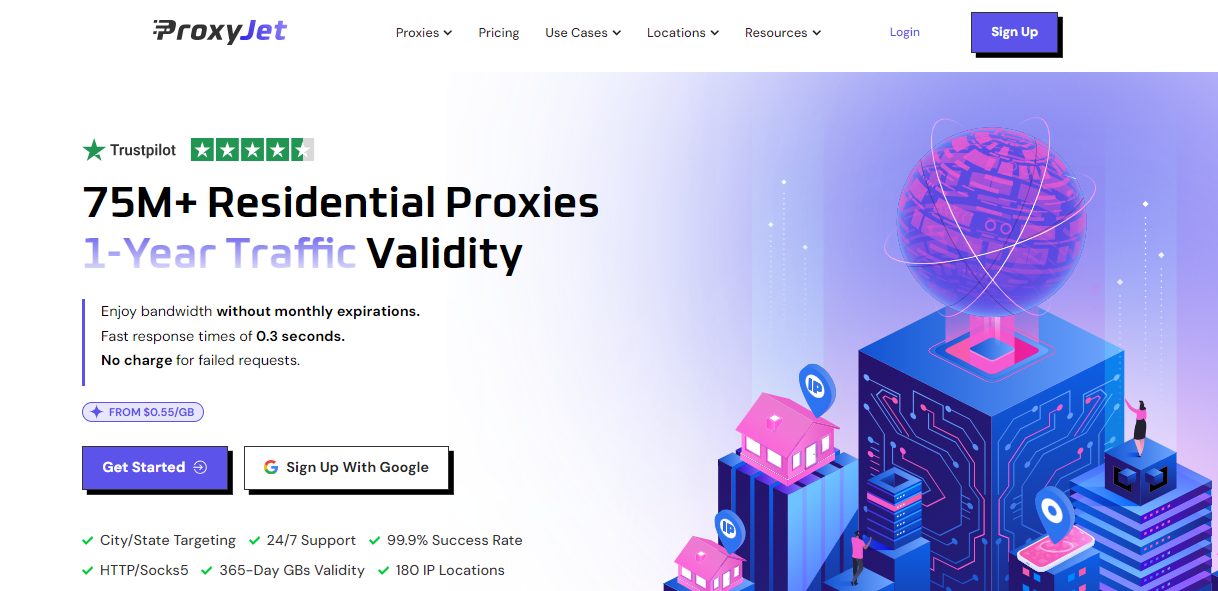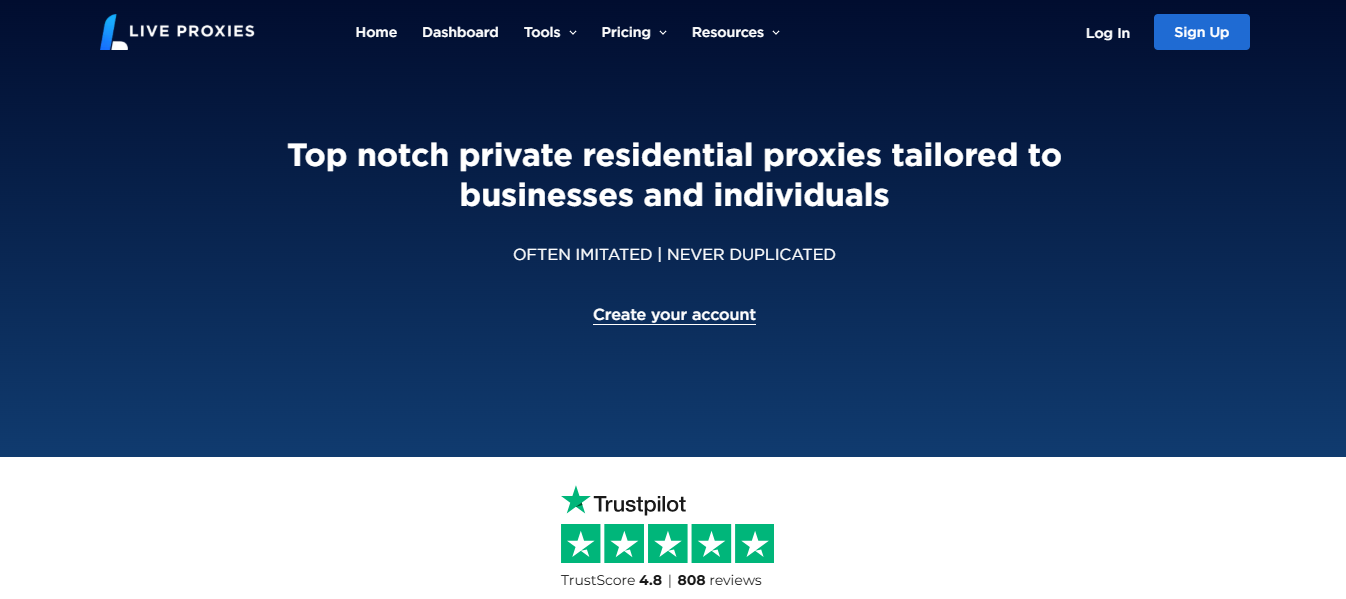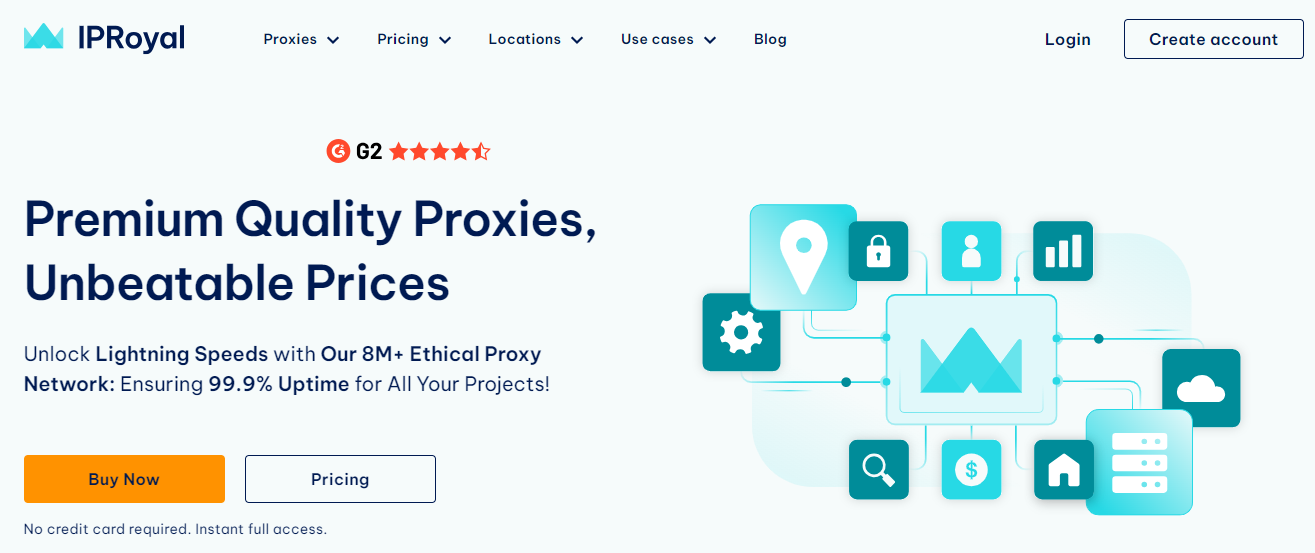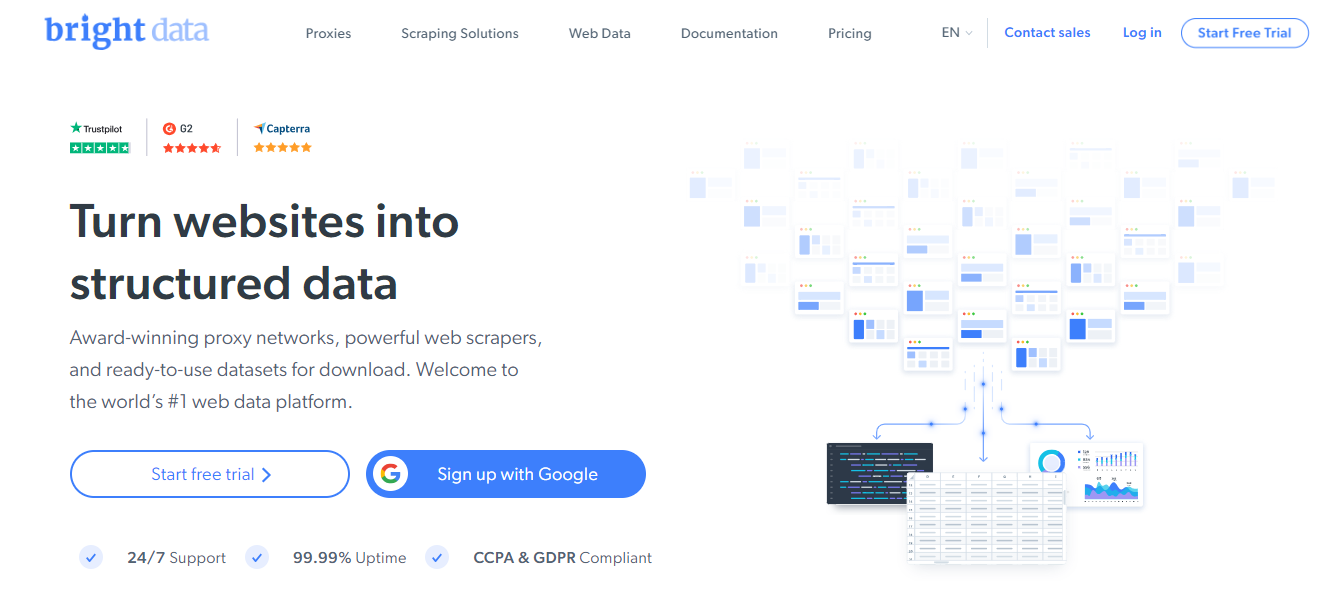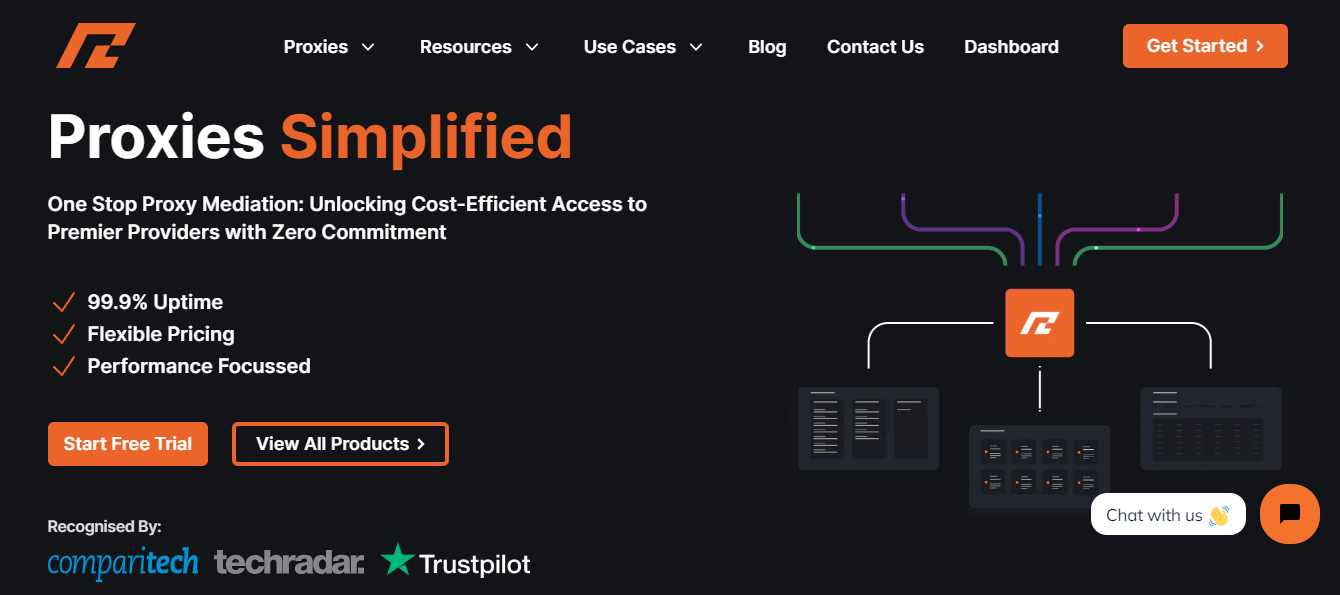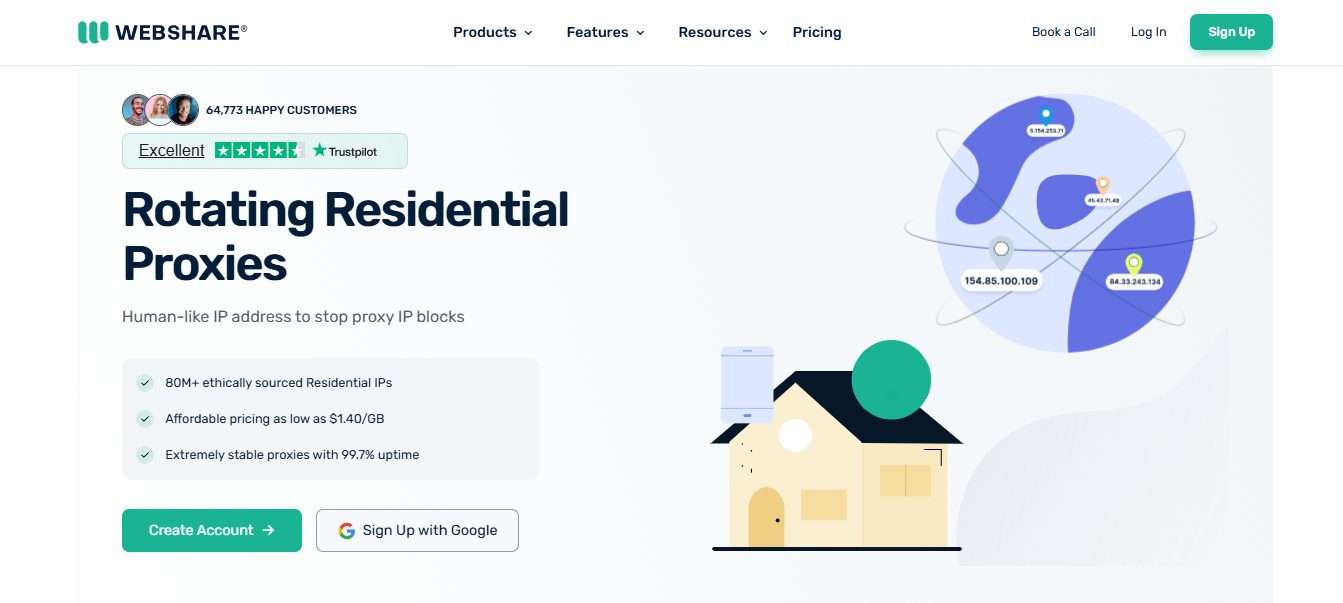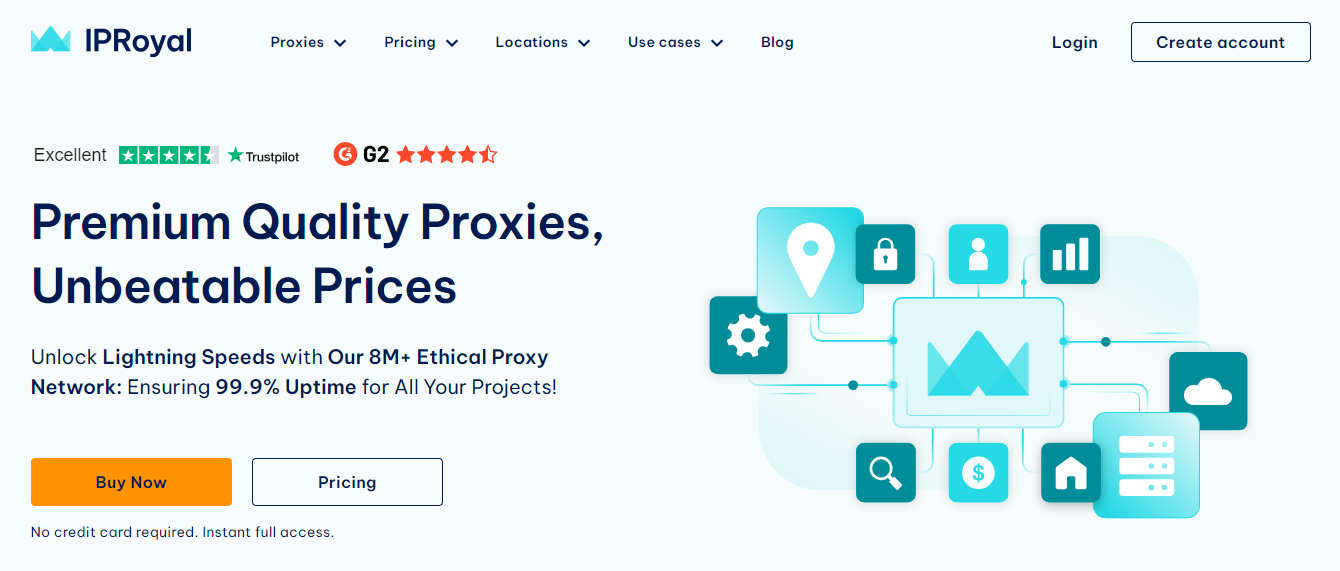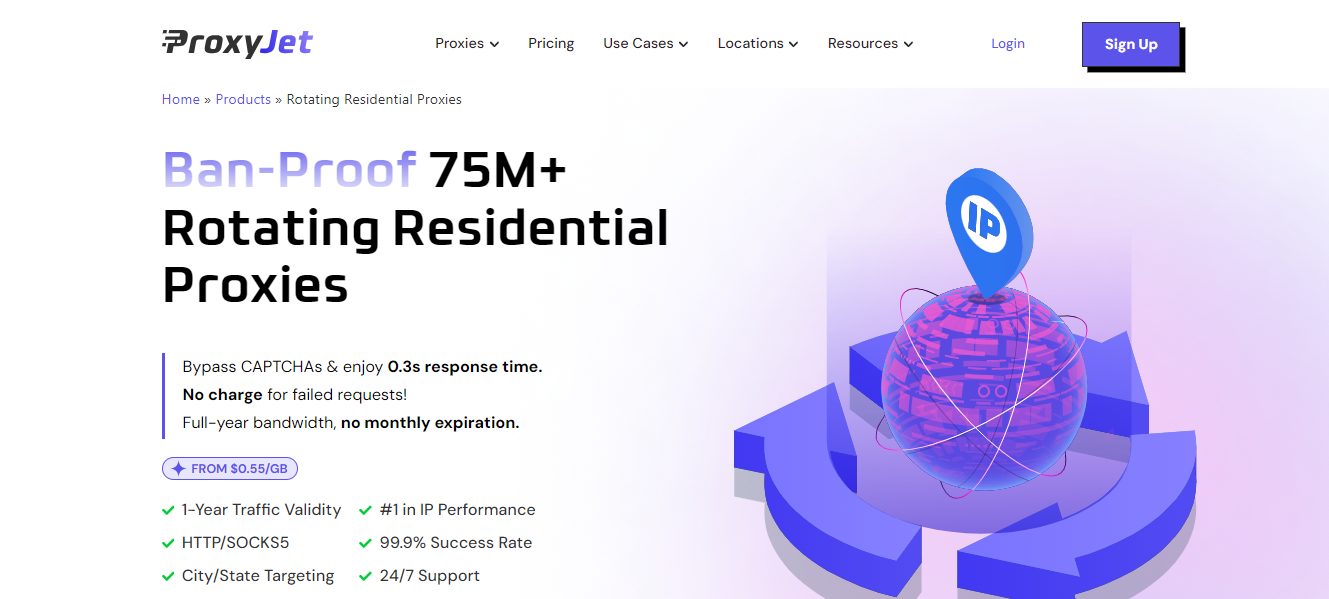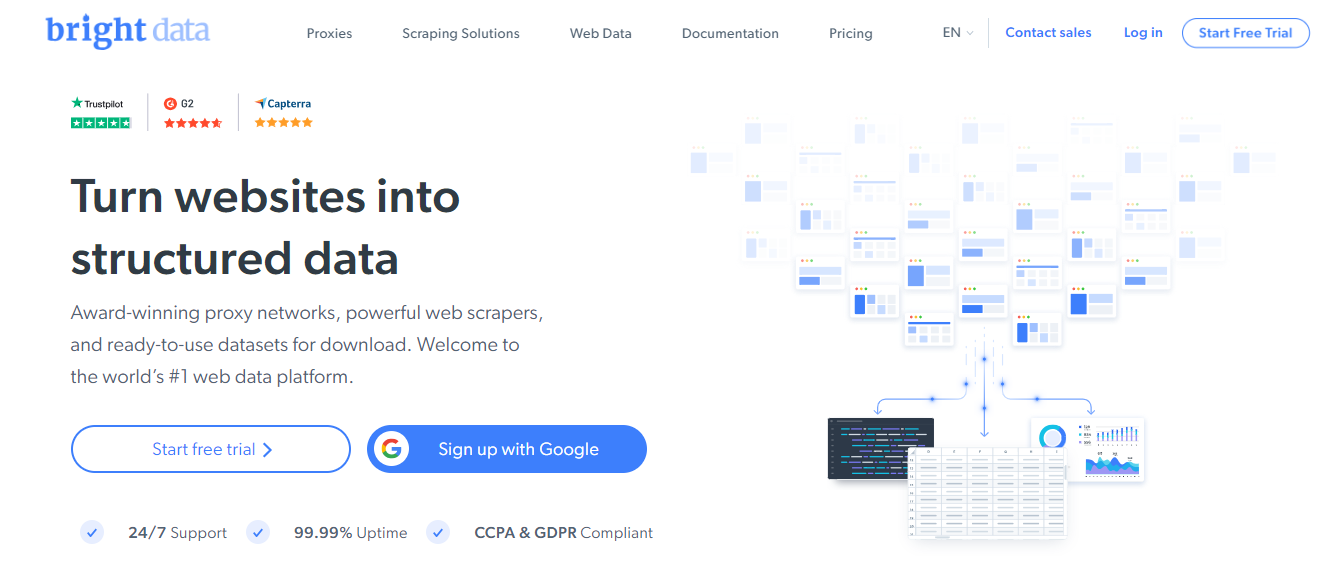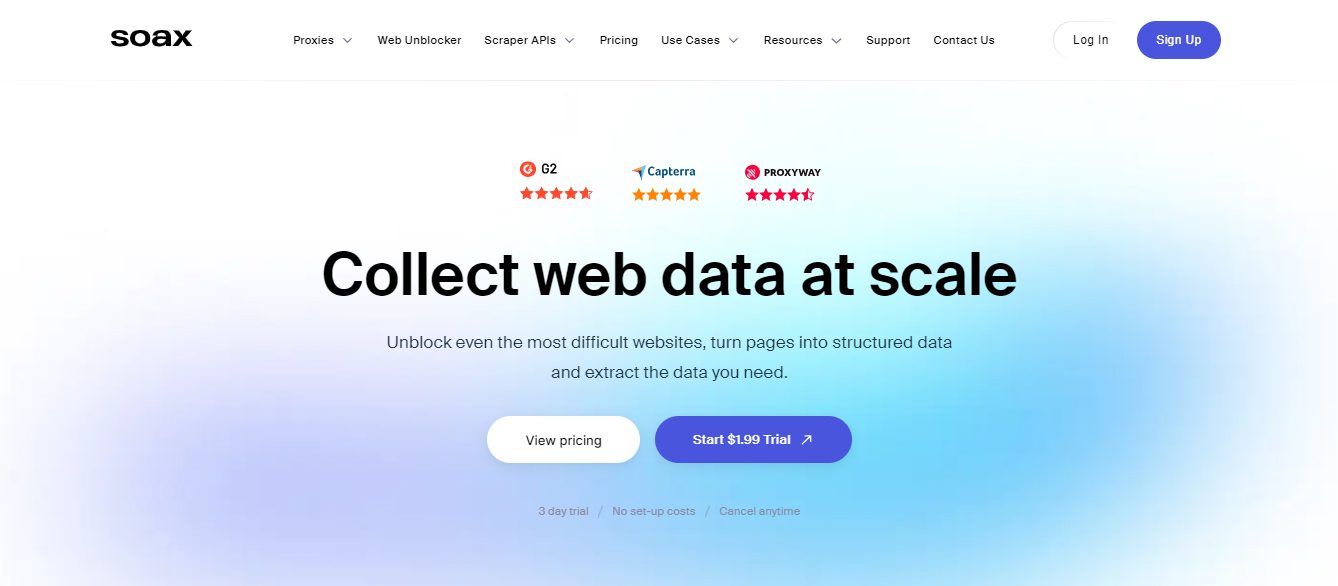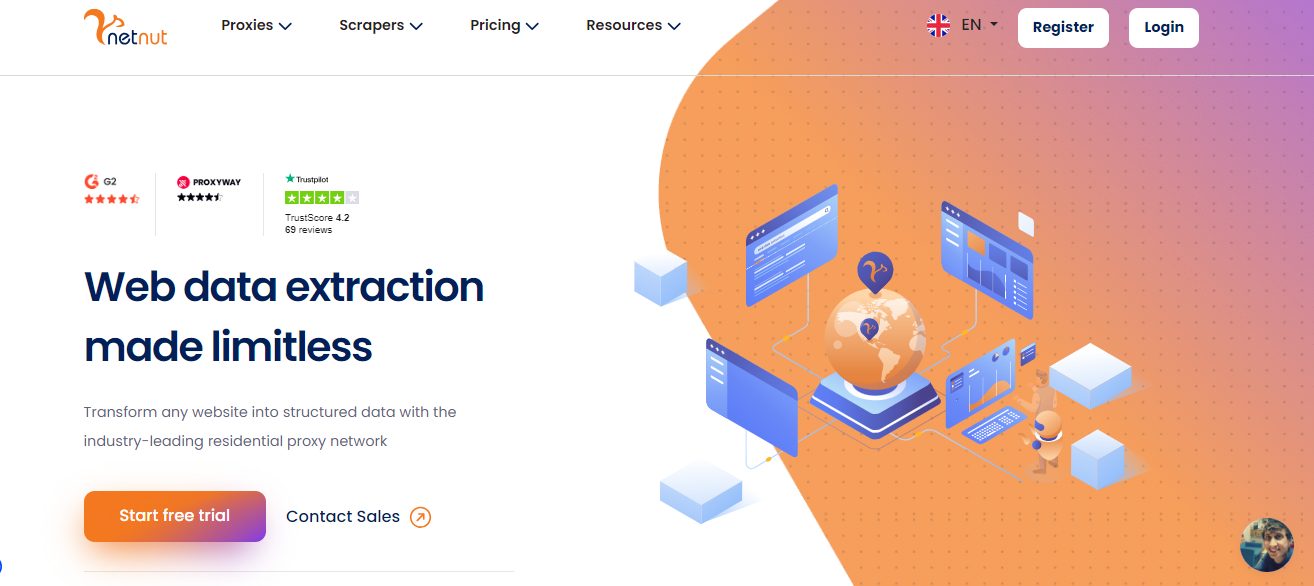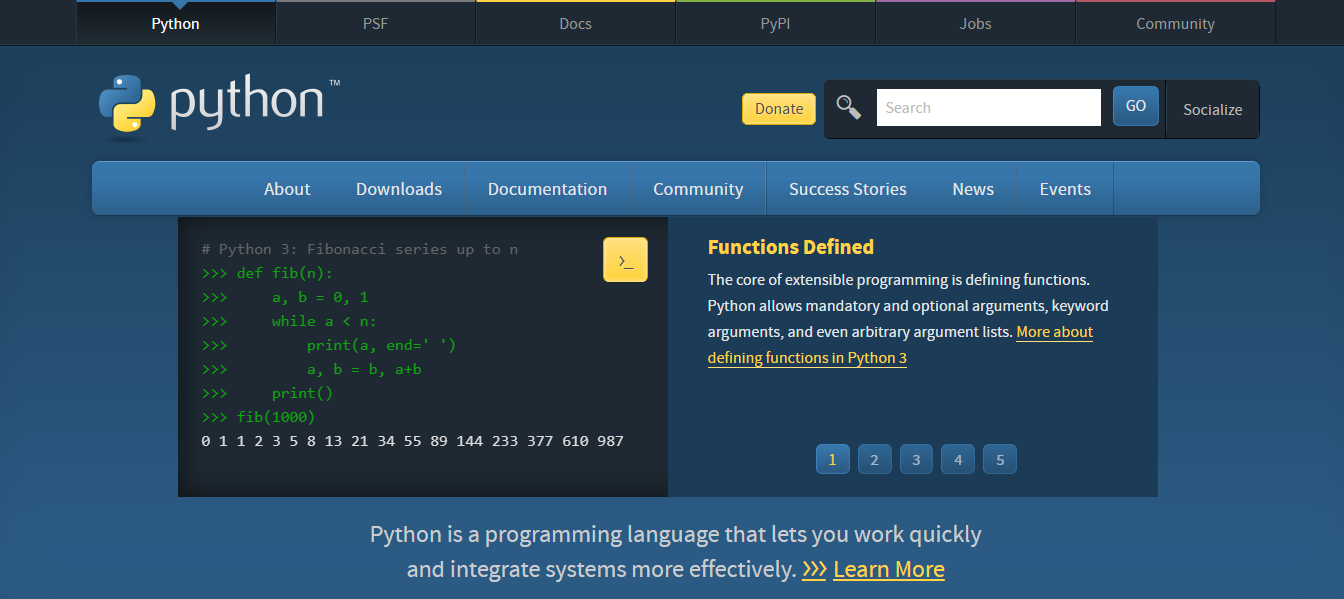Want the best proxies for school? Read On!
In today’s digital age, the Internet has become an integral part of education. Students rely on online resources for research, collaboration, and accessing educational materials.
However, schools often implement internet filters and restrictions to ensure a safe and focused learning environment. While these measures are essential, they can sometimes hinder students’ access to legitimate educational content.
This is where proxies come into play. Proxies can be helpful tools for students to access blocked websites that contain valuable educational resources. However, it’s crucial to approach this topic responsibly and ethically. This guide will explore the best proxies for school use, focusing on safety, legality, and educational benefits.
Before we dive in, it’s important to note that students should always follow their school’s internet usage policies and seek permission before using any proxy services. The goal is to enhance learning opportunities, not circumventing rules or accessing inappropriate content.
Table of Contents
Understanding Proxies and Their Use in Educational Settings
What are Proxies?
A proxy server acts as an intermediary between a user’s device and the internet. When you use a proxy, your internet traffic is routed through the proxy server before reaching its destination.
This process can mask your IP address and make it appear as if you’re browsing from a different location.
Legitimate Uses of Proxies in Education
- Accessing educational resources: School filters may inadvertently block some educational websites. Proxies can help access these legitimate resources.
- Research: Students working on projects about internet censorship or global communications might use proxies for their research.
- Learning about network security: In controlled educational settings, proxies can be used to teach students about internet privacy and security concepts.
- Accessing region-locked educational content: Some educational materials may only be available in certain geographic regions. Proxies can help access this content for educational purposes.
- Testing web applications: Students in computer science or web development courses might use proxies to test how their applications perform under different network conditions.
Importance of Responsible Use
It’s crucial to emphasize that proxies should only be used with permission and for legitimate educational purposes.
Students should never use proxies to access inappropriate content, cheat, or violate school policies. The focus should always be on enhancing learning opportunities within the boundaries set by educational institutions.
Best Proxies Deals
Best Featured Proxy Service Providers For Schools – EDITOR’S CHOICES
1. Oxylabs – Best for Enterprise-Grade Proxy Solutions
Oxylabs is a leading proxy provider known for its vast IP pool and advanced proxy solutions tailored for businesses and enterprises. With a strong focus on data gathering and security, Oxylabs delivers premium residential, datacenter, and mobile proxies backed by AI-driven tools.
Educational Use: Oxylabs could be suitable for educational institutions implementing controlled proxy access for specific research or IT education purposes.
Key Features:
- Over 175 million residential IPs worldwide
- AI-powered Scraper APIs for effortless data collection
- High-speed datacenter and mobile proxies
- Ethically sourced IPs ensuring compliance and reliability
Best For:
- Large-scale web scraping and data mining
- Enterprise-level security and anonymity
- Businesses requiring a stable and compliant proxy solution
2. Decodo – Best for Affordable and User-Friendly Proxies
Decodo (formerly Smartproxy) strikes the perfect balance between affordability and premium performance, making it an excellent choice for individuals and businesses alike.
With an easy-to-use dashboard, flexible plans, and robust IP rotation, it’s ideal for those who need high-quality proxies without breaking the bank.
Educational Use:
Smartproxy is a great option for students engaged in advanced research, web scraping, or data science projects, offering seamless access to reliable proxy networks.
Key Features:
- 55M+ Residential Proxies with a 50% discount using code RESI50 (Limited Time Offer)
- 115M+ IPs in Total across 195+ locations
- <0.3s average speed and 99.99% uptime for uninterrupted browsing
- Supports HTTPs and SOCKS5 protocols
- Customer Support responds within 40 seconds
- Free trials available for all non-residential products
Best For:
- Marketers, freelancers, and small businesses
- Social media management and ad verification
- Users seeking a budget-friendly yet powerful proxy solution
3. Webshare – Best for Free and Cost-Effective Proxy Plans
Webshare is a budget-conscious proxy provider, offering free proxy plans alongside competitively priced premium options. Whether you’re a developer testing proxies or a business needing cost-effective solutions, Webshare delivers flexible proxy services at unbeatable rates.
Educational Use: Webshare is a great option for students and educators who need access to academic resources, geo-restricted content, or network security learning. Its free plan and affordable pricing make it accessible for educational institutions and independent learners alike.
Key Features:
- Residential proxy pool of 30+ million
- 195+ countries coverage
- 99.7% uptime
- Free proxy plan with generous usage limits
- Highly customizable proxy configurations
- Free Chrome proxy extension for seamless use on your browser
- Ultra-fast datacenter and residential proxies
- Pay-as-you-go pricing with no hidden fees
Best For:
- Developers and testers looking for free proxies
- Individuals needing affordable datacenter proxies
- Businesses requiring scalable proxy solutions on a budget
Best Proxy Services for School And Educational Use
When considering proxy services for educational purposes, it’s important to prioritize safety, reliability, and ethical considerations. Here are some proxy services that could be suitable for educational settings, along with their features and potential benefits:
1. IPRoyal
IPRoyal offers a range of proxy services, including residential and datacenter proxies. While primarily a premium service, they sometimes offer educational discounts or limited free trials.
Pros:
- High-quality, reliable proxies
- Strict privacy policies
- 24/7 customer support
Cons:
- Primarily a paid service
- May require parental or school permission for student use
Educational Use: IPRoyal’s proxies could be useful for accessing geo-restricted educational content or for students learning about network security in controlled environments.
2. Live Proxies
Overview: Live Proxies is a leading proxy provider offering advanced proxy solutions designed to meet educational and professional needs. With rotating residential, static residential, and mobile proxies, it ensures secure, fast, and reliable internet access for bypassing network restrictions and accessing academic resources.
Features:
- Rotating and Static Proxies: Offers dynamic IPs for anonymity and static IPs for stable, long-term use.
- Sticky Sessions: Maintain consistent IP usage for up to 60 minutes, ideal for tasks like accessing school resources.
- Private IP Allocation: Dedicated IPs that reduce detection risks and enhance performance.
- Global IP Coverage: Provides access to millions of IPs from various locations, ensuring uninterrupted access to geo-restricted content.
- High Speed and Uptime: Ensures 99.9% uptime and optimized connections for seamless usage.
Pros:
- Wide variety of proxy types to suit different needs.
- Customizable plans for flexibility.
- High anonymity and reliable performance.
- Responsive and helpful customer support.
Cons:
- Limited location options compared to some competitors.
- Some advanced features may cater more to enterprise needs.
Best For: Students and educators looking for secure proxies to bypass school network restrictions, access educational databases, and maintain privacy in academic activities.
==>> Get Live Proxies
3. NetNut
NetNut specializes in residential proxies and offers static residential IPs, which can benefit consistent access to educational resources.
Pros:
- High success rates
- Static residential IPs available
- 24/7 customer support
Cons:
- Primarily targets business users
- It can be more expensive than some alternatives
Educational Use: NetNut’s static IPs could be useful for schools or libraries setting up consistent, monitored access to specific educational resources.
4. Infatica
Infatica provides residential and mobile proxies with a focus on ethical sourcing. They offer a flexible proxy network that could be adapted for educational purposes.
Pros:
- Ethically sourced proxies
- Flexible plans
- Suitable for accessing geo-restricted content
Cons:
- Primarily a paid service
- It may require technical setup
Educational Use: Infatica could be used in controlled educational settings to teach about global internet access and content differences across regions.
READ ALSO: Best Mobile Proxies: Unlocking Faster and More Secure Mobile Browsing
5. Nodemaven
Nodemaven offers various proxy types, including residential and datacenter options. They provide a reliable service that could be adapted for educational use.
Pros:
- Multiple proxy types are available
- Global network coverage
- Customizable plans
Cons:
- Primarily focused on business users
- It may require an administrative setup
Educational Use: Nodemaven’s proxies could be utilized in computer science courses to teach about network protocols and internet infrastructure.
6. Mars Proxies
Mars Proxies provides residential and ISP proxies focusing on reliability and performance. They offer customizable solutions that can be tailored to educational needs.
Pros:
- Reliable performance
- Customizable solutions
- Good customer support
Cons:
- Primarily a paid service
- It may require technical knowledge to set up
Educational Use: Mars Proxies could be suitable for advanced computer science programs or research projects requiring stable and reliable proxy connections.
7. GeoSurf
GeoSurf offers a premium residential proxy network with a wide range of locations. While not explicitly designed for educational use, it could be adapted for specific purposes.
Pros:
- Large pool of residential IPs
- Extensive geographical coverage
- High-quality connections
Cons:
- Premium pricing
- Oriented toward business users
Educational Use: GeoSurf could be valuable for geography or social studies classes exploring how internet content varies across different countries and regions.
8. Bright Data (formerly Luminati)
Bright Data is a comprehensive proxy provider offering various types of proxies. They have a strong focus on compliance and ethical use.
Pros:
- Large proxy network
- Strong ethical standards
- Advanced features for data collection
Cons:
- Complex pricing structure
- Primarily designed for business and research use
Educational Use: Bright Data could be suitable for advanced research projects or data science courses in higher education settings.
9. ProxyEmpire
ProxyEmpire offers residential, mobile, and datacenter proxies with a user-friendly interface. They provide flexible plans that could be adapted for educational purposes.
Pros:
- User-friendly dashboard
- Flexible proxy types
- Good customer support
Cons:
- Primarily a paid service
- May require administrative oversight for educational use
Educational Use: ProxyEmpire could be used in IT courses to demonstrate different types of proxy connections and their applications.
Free and Educational-Specific Proxy Options
While the above services are primarily premium options, some free or education-specific proxy services might be suitable for school use:
1. Psiphon
Psiphon is a free, open-source internet censorship circumvention tool. While not a traditional proxy service, it can be used to access blocked content.
Pros:
- Free to use
- Open-source software
- Available on multiple platforms
Cons:
- May be blocked by some school networks
- Requires installation of software
Educational Use: Psiphon could be used in controlled settings to teach about internet freedom and censorship issues.
2. Lantern
Lantern is another free tool designed to provide access to the open internet. It uses a combination of proxying and peer-to-peer technologies.
Pros:
- Free to use
- Works in heavily censored regions
- Available on multiple platforms
Cons:
- May require technical knowledge to set up
- Could be blocked by school networks
Educational Use: Lantern could be valuable in global studies or political science courses discussing internet censorship and freedom.
3. TOR Browser
The TOR Browser is a free, open-source browser that routes your traffic through multiple servers to provide anonymity. While it’s more than just a proxy, it can access blocked content.
Pros:
- Free and open-source
- Provides strong anonymity
- Educational resources available about its technology
Cons:
- It can be slow due to routing
- School networks may block it
- Not suitable for streaming or large downloads
Educational Use: TOR could be used in cybersecurity courses to teach about anonymous browsing and network security concepts.
4. Hide.me Free Web Proxy
Hide.me offers a free web proxy service and premium VPN offerings. It’s a simple, web-based proxy that can be used without installation.
Pros:
- Free to use
- No installation required
- Easy to use interface
Cons:
- Limited server locations in free version
- May not work with all websites
- Ad-supported
Educational Use: Hide.me’s free web proxy could be useful for quick, supervised access to blocked educational resources.
Implementing Proxies in Educational Settings: Best Practices
When considering proxies in educational settings, it’s crucial to implement them responsibly and ethically. Here are some best practices:
- Obtain Proper Authorization: School administration and IT departments should approve any use of proxies. Ensure compliance with all school policies and regulations.
- Educate Users: Provide clear guidelines and education to students about responsible proxy use. Emphasize the importance of using proxies only for legitimate educational purposes.
- Implement Monitoring and Filtering: Use proxy services that allow for monitoring and content filtering to ensure appropriate use.
- Choose Reputable Services: Opt for proxy services with strong privacy policies, reliable performance, and good reputations.
- Limit Access: Consider limiting proxy access to specific educational resources or websites rather than providing unrestricted access.
- Supervise Usage: Especially for younger students, ensure that educators or librarians supervise proxy use.
- Regular Review: Periodically review the proxy usage and adjust policies as needed to ensure they continue to meet educational goals while maintaining a safe environment.
- Teach Digital Literacy: Use the implementation of proxies as an opportunity to teach students about internet safety, privacy, and responsible digital citizenship.
- Consider Alternatives: Sometimes, working with the IT department to whitelist specific educational resources might be a better solution than implementing proxies.
- Stay Updated: Keep abreast of changes in proxy technologies and school network security to ensure your approach remains effective and secure.
Potential Risks and How to Mitigate Them
While proxies can be valuable tools in educational settings, they also come with potential risks. It is important to be aware of these risks and take steps to mitigate them:
- Accessing Inappropriate Content: Students might use proxies to access inappropriate or non-educational content. Mitigation: Implement strong content filtering and monitoring systems. Educate students about responsible internet use.
- Security Risks: Some proxy services, especially free ones, may not have strong security measures in place. Mitigation: Use reputable, paid proxy services with strong security protocols. Avoid free proxies for sensitive information.
- Privacy Concerns: Proxy services could potentially log user data. Mitigation: Choose proxy services with strong privacy policies. Educate students about online privacy.
- Bandwidth Issues: Extensive proxy use could slow down the school’s internet connection. Mitigation: Monitor bandwidth usage and implement fair usage policies.
- Legal and Compliance Issues: Improper use of proxies could lead to legal or compliance problems. Mitigation: Ensure all proxy use complies with relevant laws and regulations. Obtain necessary permissions and consents.
- Dependency: Students might become overly reliant on proxies to access information. Mitigation: Teach critical thinking and research skills. Encourage use of a variety of information sources.
- Technical Issues: Proxies might not work consistently or could interfere with other school systems. Mitigation: Work closely with IT departments to ensure compatibility and resolve issues promptly.
The Future of Internet Access in Education
As we look to the future, it’s clear that the landscape of internet access in educational settings will continue to evolve. Here are some trends and considerations:
- Personalized Learning: As education becomes more personalized, there may be a need for more flexible internet access policies that can adapt to individual student needs while maintaining safety.
- Global Collaboration: Increased emphasis on global education may necessitate better access to international resources, potentially through carefully managed proxy services.
- Digital Citizenship Education: There will likely be a greater focus on teaching students to navigate the internet responsibly, including understanding the implications of using tools like proxies.
- Advanced Filtering Technologies: Improvements in AI and machine learning may lead to more sophisticated content filtering systems, potentially reducing the need for proxies in some cases.
- Balancing Security and Access: Schools will continue to face the challenge of balancing the need for internet security with providing access to valuable online resources.
- Cloud-Based Education: As more educational resources move to the cloud, ensuring secure and equitable access for all students will become increasingly important.
- Privacy Concerns: Growing awareness of online privacy issues may influence how schools approach internet access and the use of proxies.
Conclusion
Proxies can be valuable tools in educational settings when used responsibly and ethically. They can provide access to critical educational resources that might otherwise be inaccessible due to overzealous filtering systems. However, their implementation requires careful consideration, planning, and ongoing management.
The proxy services discussed in this article, from premium options like IPRoyal and Oxylabs to free tools like Psiphon and TOR Browser, each have their own strengths and potential applications in educational contexts.
The choice of which to use, if any, should be based on the educational institution’s specific needs, the students’ age and maturity, and the resources available for implementation and management.
It’s crucial to remember that using proxies in schools should always be in service of educational goals. They should be implemented alongside comprehensive digital literacy education, teaching students not just how to access information, but how to do so responsibly and ethically.
As we move forward, the challenge for educators and administrators will be to stay informed about evolving technologies and to continually adapt their approaches to ensure safe, equitable, and enriching internet access for all students.
By doing so, we can harness the internet’s full potential as an educational tool while protecting and empowering our students in the digital age.
INTERESTING POSTS
- Why Cyber Security Matters In The Field Of Education
- Cybersecurity Education: Choosing the Right Degree Program for You
- Online Privacy – Why It’s Important And How To Protect It
- Best Residential Proxies In 2024: A Comprehensive Guide
- Top Proxy Service Providers in 2024: Unlocking Internet Freedom
- Building a High-Performance Team? These E-Books Offer Key Insights















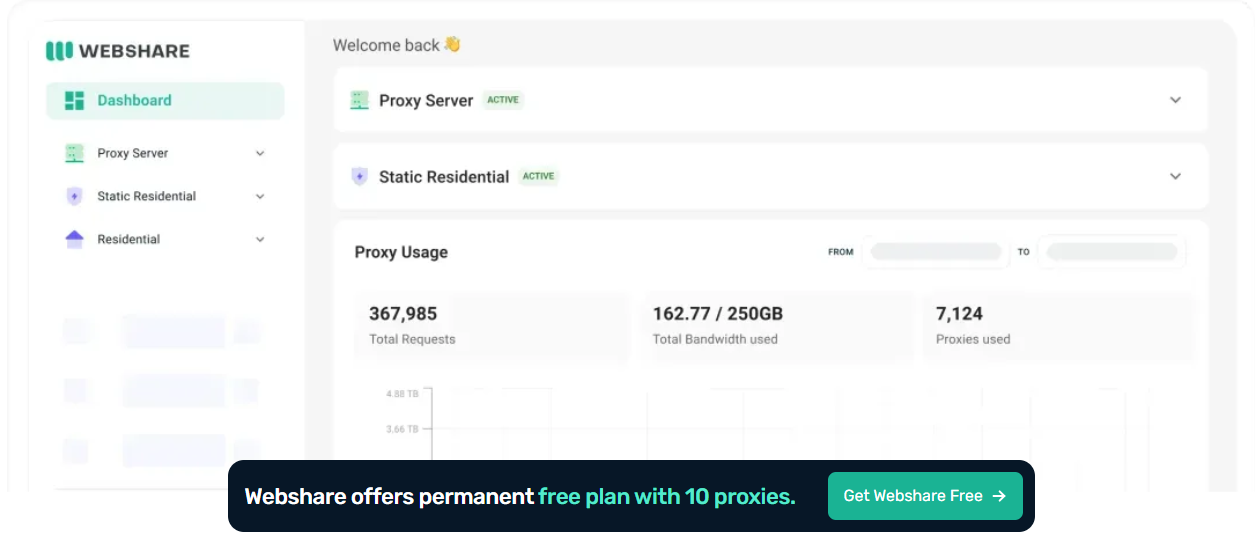





![The Best ISP Proxies [Tested, Reviewed & Ranked] The Best ISP Proxies [Tested, Reviewed & Ranked]](https://secureblitz.com/wp-content/uploads/2023/09/Best-ISP-Proxies-768x402.jpg)
